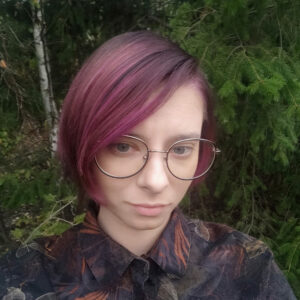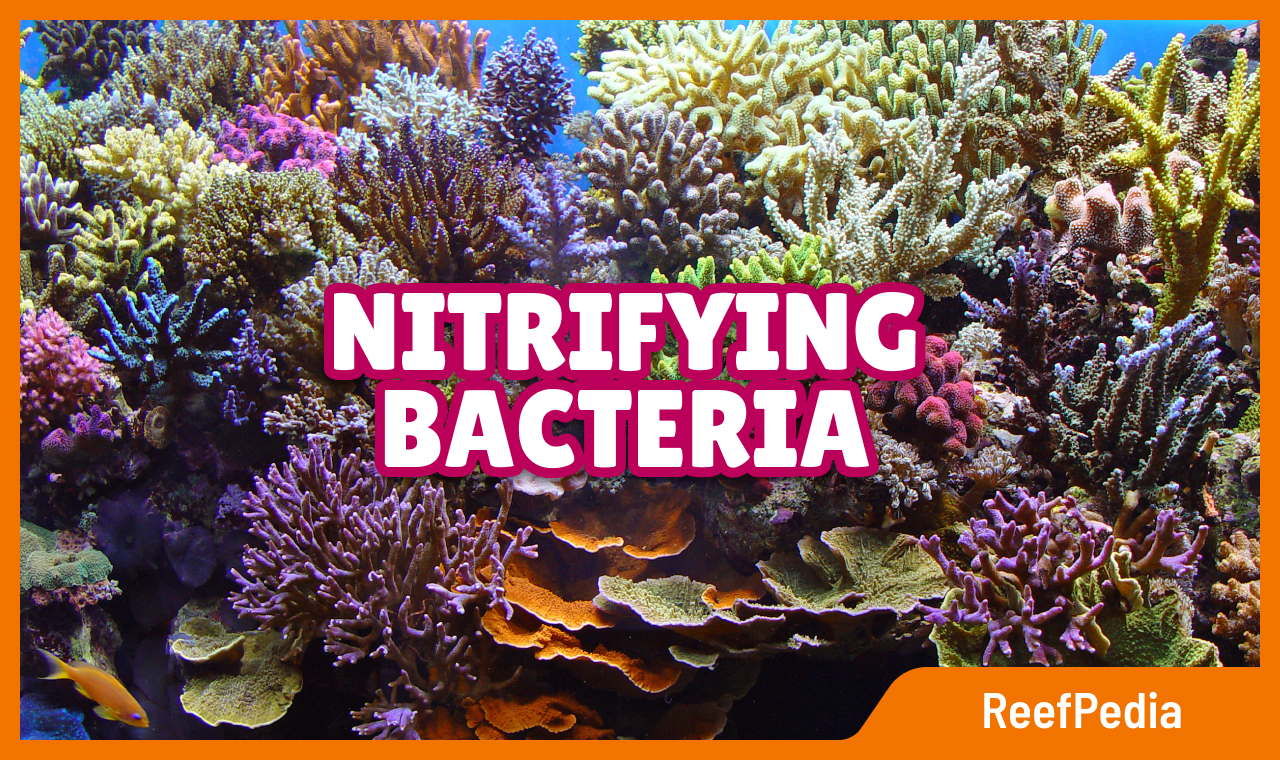Harmful nitrogen compounds appearing in the aquarium are transformed by beneficial nitrifying bacteria into less toxic compounds in a process called nitrification. It is a process of oxidation of ammonia and ammonium salts to nitrites and nitrates.
Nitrifying bacteria are single-celled organisms and need oxygen to function properly. They are chemoautotrophs, the source of carbon for them is CO2 or simple organic compounds, and they obtain energy from the oxidation of inorganic compounds – from ammonium nitrogen and nitrates. They are mostly found in the substrate, rocks or filtration media, to a much lesser extent in the water column. Which bacteria are in which part of the tank depends on factors such as oxygenation, availability of light, water flow, and competition with other microorganisms. Bad conditions in the aquarium, lack of regular cleaning or inadequate parameters also play a big role here.
Ammonia oxidizing bacteria belong to Betaproteobacteria and Gammaproteobacteria. These are, for example, Nitrosomonas spp. or Nitrococcus spp. Nitrite oxidizing bacteria are represented by, for example, Nitrospira spp., Nitrospina spp. Nitrobacter spp.
You can find more about the processes of the nitrogen cycle in the article dedicated to the nitrogen cycle: click here
There are many preparations available on the market, in which manufacturers declare the presence of nitrifying bacteria or supporting nitrogen cycle processes:
- ATM Colony Marine – preparation containing nitrifying bacteria
- Tropic Marin Nitribiotic – declared strains: Bacillus subtilis, Nitrobacteria, Saccharomyces, Lactobacillus and purple bacteria
- ZEObak Microorganism Solution – strains that remove toxic compounds from the aquarium
- BioGro 123 Marine – over 20 strains, including nitrogen bacteria: nitrospira nitrosomonas, nitrobacter
- MicroBacter Clean – a mixture of aquarium cleaning bacteria
- Tropical Bacto-Active – strains that break down pollutants
- BioDigest 3 – declared strains: Nitrosomonas europaea and Nitrobacter winogradskyi, Paracoccus denitrificans, Pseudomonas stuzeri
- Start Up – nitrogen-degrading bacteria
- Nite-Out II – bacteria to activate the nitrogen cycle
- Special Blend – nitrogen bacteria
- Gel Filter – bacteria to stabilize the tank and break down pollutants
- Azoo Super PSB – anti-pollution and probiotic fasteners, declared cultures of photosynthetic bacteria: Euryhalinous and Eurythermic Rhodobacter, Rhodopseudomonas sp. and Rhodospirillium sp.
- Azoo 11in1 Super Bio-Bacteria – bacteria of the genus Bacillus spp.
- Azoo NitraAct – “Bakterie Euryhaline, denitrifying bacteria, Bacillus subtilis, photosynthetic bacteria and other active anaerobic bacteria
- Azoo NitriPro – increased amount of bacteria Euryhaline, a mixture of bacteria Nitrosomonas i Nitrobacter and several other types of aerobic bacteria in increased numbers
- Azoo NitriPro Marine – bacteria Nitrosomonas and Nitrobacter, aerobic bacteria, marine bacteria
- Stability – contains a mixture of aerobic, anaerobic and facultative bacteria that accelerate the decomposition of organic matter, ammonia, nitrates and nitrites
- Bio S – bacteria of the Nitrospirae and Nitrobacteraceae families
- Pro Bio S – probiotic strains
- Seed – mixture of aerobic, anaerobic and facultative bacteria carrying out denitrification and nitrification
- Life Essence – an agent containing nitrifying bacteria of the family Nitrospirae and Nitrobacter
- Aquarium Balancer – nitrogen and decomposing bacteria
The above data comes from the information provided by the manufacturers.
About Author

Agata Łobocka
I’m an industrial biotechnologist by education. I’m fascinated by microbiology and the influence of the microworld on everything that surrounds us. Professionally, I create products based on microorganisms that are more environmentally friendly than classic, popular preparations.
Before I started my adventure at Reef Factory, I was widely interested in freshwater aquaristics. In the world of marine aquaristics, I was most fascinated by the huge network of dependencies created by corals with their symbiotic microorganisms. These relationships perfectly show that organisms need their microfriends to function in health, and every element of this relationship benefits from it.
Privately, I’m interested in new technologies that counteract the negative impact of man on the environment. I'm also into self-development, cognitive science and popular science literature. I like to spend my free time actively, surrounded by beautiful nature.
I hope that my articles from the Biology section o ReefPedia will help you better understand the life in a marine aquarium.

